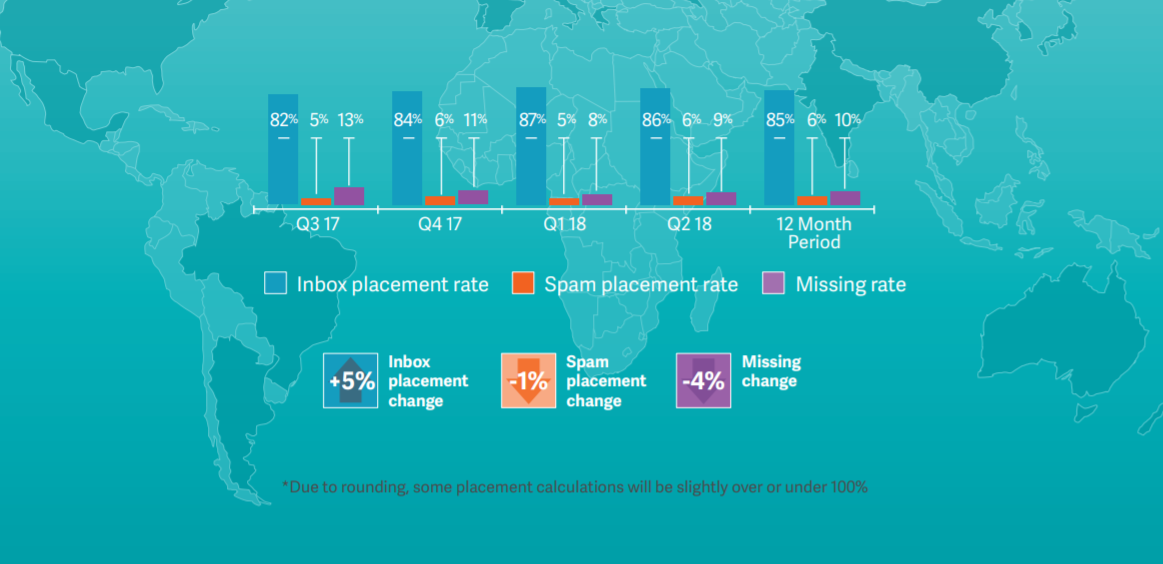May 25th, 2018… ring a bell? The day email marketers were working towards, the day email was going to change forever! Was it going to destroy businesses? Was email on its way out? How was the industry going to change the way it approached data collection and abide by these new regulations? Perhaps it won’t go down in history as “the end of email” after all. GDPR: more than a year on and, despite the initial panic, email has never looked better! 👌
Information Age, alongside the optimistic, foresaw the benefit GDPR would have on the industry:
“GDPR is the perfect opportunity for businesses to rethink their approach to data and the enhanced customer relationships and experiences it allows.”
“The two tribes of marketing” (Marketo)
When the arrival of GDPR was announced, there was a direct split, ‘legal-first or marketing-first‘, named, the two tribes of marketing. These two approaches to handling GDPR abode by these new regulations. The legal-first tribe focused on updating their privacy policies, whereas marketing-first generally went for re-permissioning. Marketo, went on to predict that the marketing-first tribe were on the right path; they welcomed the affect controlled consent, better data quality and transparency would have on developing a stronger, more trusted relationship between the consumer and the brand. Today, “where your alliances lied” once being the killer question, no longer has an argument!
GDPR – What happened next?
GDPR’s regulations were simply best practices that many companies already had in place (GDPR just made them an obligation), therefore, it was bound to benefit performance as predicted. Studies show that since GDPR was introduced, inbox placement has increased YoY. The following benchmark report by Return-path shows an increase in inbox placement of 5%, a decrease in spam placement of 1% and a decrease in missing emails by 4%.

Source: 2018 Deliverability Benchmark Report (Returnpath.com)
Studies like these are based on positive engagement, open rates, read rates, click-through rates, conversion rates and so on. As lists are clean and subscribers are opt-in, they are engaging with the content (why wouldn’t they? They chose to receive your email). Senders are also receiving less unsubscribes requests, fewer bounce reports (the list has been cleaned of old and unused email addresses) and spam reports. The knock-on effect of this is that senders will also benefit from a good domain and sender IP reputation, it’s inevitable (fewer spam/bounce reports, less damage)!
ROI
Studies have also seen a greater ROI on mailing programs since GDPR was introduced, in turn, making them more profitable. As a direct result of increased engagement, the Data and Marketing Associations 2019 Marketer Email Tracker report showed a 30% increase between 2017 and 2018.
These results have gone far from unnoticed, everyone wants a piece of the action. India is the first to introduce its Data Protection Bill and Brazil is following shortly behind with Brazil’s General Data Protection Law, LGPD (Lei Geral de Proteção de Dados).
So, the killer question now is… “Why did it take us so long?”






